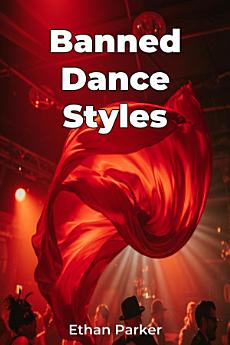Banned Dance Styles
About this ebook
The book begins by examining historical and social contexts, exploring dances like the Waltz and the Charleston, which faced initial condemnation. It then investigates dances associated with marginalized communities, detailing how bans were used to exert control and erase cultural identities. Later chapters delve into the Tango's complicated relationship with society and the politicization of dances like breakdancing.
Through historical documents, legal records, and personal accounts, the book presents a comprehensive overview of how dance has served as a lightning rod for societal tensions. This unique perspective focuses on the motivations and consequences of dance suppression, highlighting how bans often backfired, fueling popularity and solidifying cultural significance.
By blending historical analysis with engaging storytelling, Banned Dance Styles connects to interdisciplinary fields like sociology, political science, and cultural studies, examining how dance reflects and shapes social structures and norms. It emphasizes factual accuracy and balanced perspectives, providing insights into ongoing debates surrounding cultural appropriation, censorship, and the role of art in social movements.








